Author: Halton
-
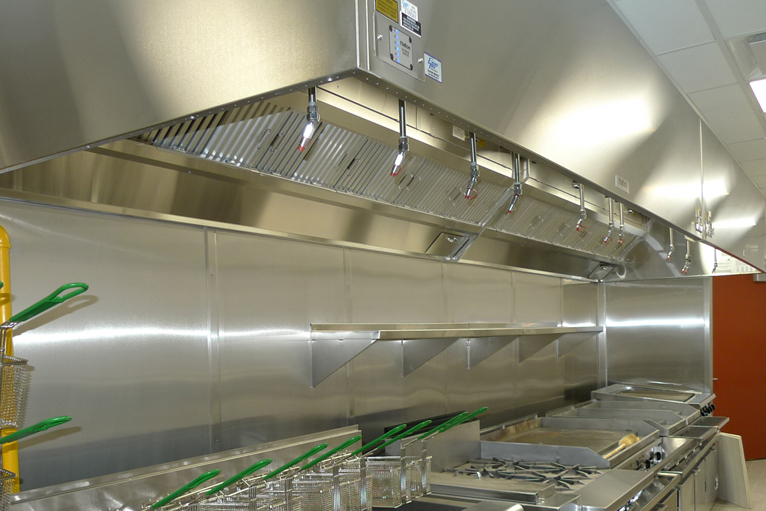
What is the difference between exhaust hoods using Ultraviolet Light and Corona discharge ozone generators?
There is some confusion regarding the similarities and differences of kitchen exhaust hoods using ultraviolet light bulbs (UV-C) in the exhaust plenum and systems that are referred to as “corona discharge” that generate ozone. Ultraviolet Light or UV-C is a type of bulb that has a very high intensity that allows it to break down…
-

Commercial Kitchen Ventilation in Mixed-Use Developments
What are the risks when foodservice facilities and residential units occupy the same property in mixed-use developments? The risk associated with mixed-use developments cannot be understated. The complexities from design to execution and delivery of such a project have many inherent risks that if not handled successfully, can create properties that can be difficult to…
-
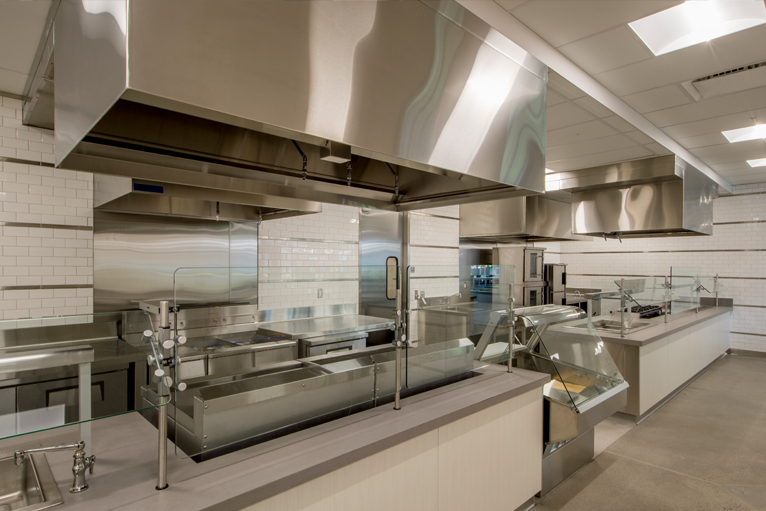
What You Get for Free When Specifying Short-Circuit Exhaust Hoods
KitchenVentilation.com is pleased to have guest Blogger, Steve Brown, Member of ASHRAE provide his take on the origins of short-circuit exhaust hoods. The history of short-circuit exhaust hoods. The price controls and energy shortages of the 1970’S “Dark Decade for Energy” began in 1954 with the United States Supreme Court’s decision in “Phillips Petroleum Co.…
-
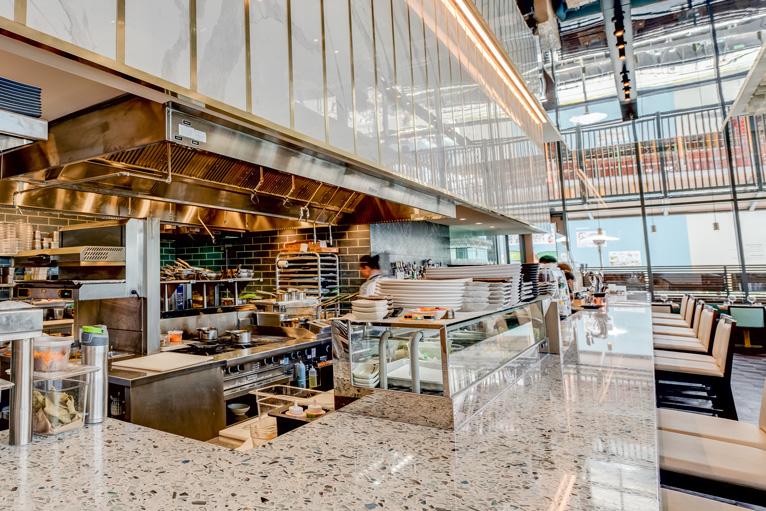
Taking a Deeper Dive, Cooking Odors, and Why Are They Such A Challenge to Mitigate?
It suffices to say most cooking odors are pleasant when in small doses. Where issues arise is when you have very active foodservice operations that are adjacent or part of residential dwellings. It is in these situations or when mandated by a landlord or code that minimizing the impact of nuisance cooking odors takes on…
-
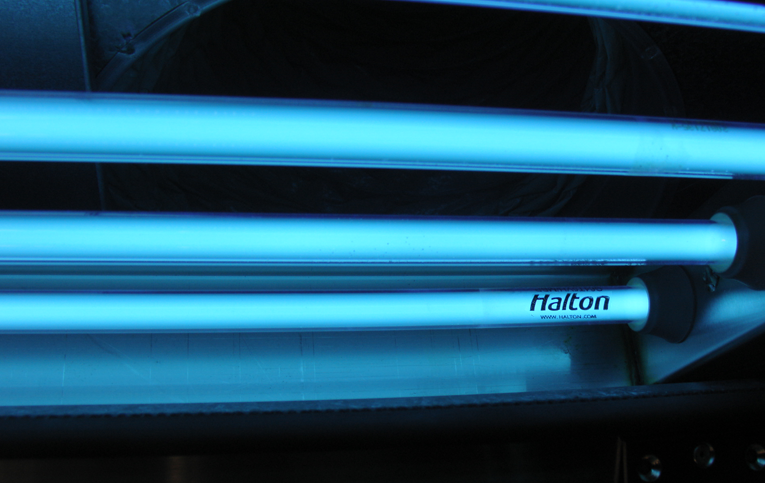
What are UltraViolet lights in kitchen hoods used for and what outcome can I expect when using them?
Ultraviolet Lights or UV-C lights are a type of bulb that has a very high intensity that allows it to break down organic compounds. UV has been applied in a variety of sterilization and water treatment applications for decades. The wavelength varies by application. In the case kitchen exhaust systems, UV-C light is used to…
-
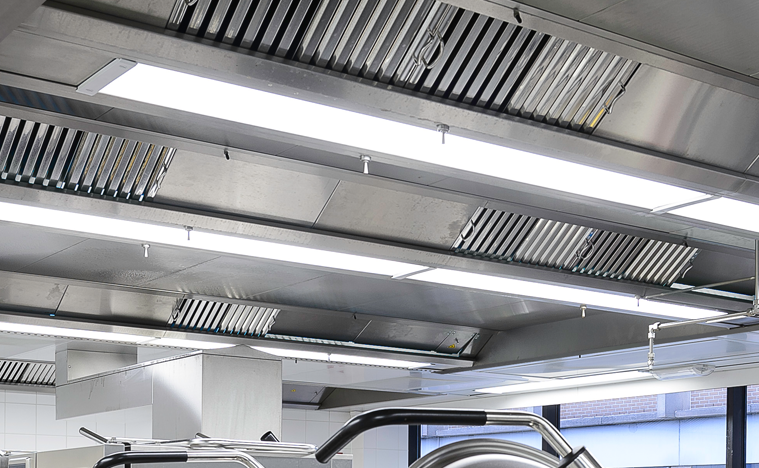
I’ve Seen Ventilated Ceilings for Kitchens in Europe. Can they be used in North America?
In a word yes, Ventilated Ceilings can be installed in North America, assuming it is listed for that purpose. Let’s talk about what a Ventilated Ceiling is. It is an alternative to the traditional canopy and island hoods seen in most installations in North America. Effectively, the Ventilated Ceiling System is the exhaust and supply…
-
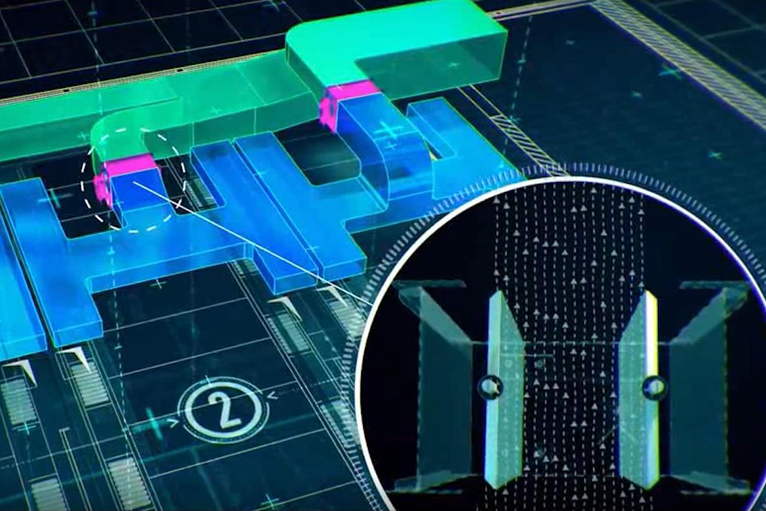
How can you have balancing dampers in a grease duct? I thought they were not allowed?
Here’s what NFPA 96 has to say about balancing dampers in commercial kitchen exhaust ducts. Chapter 9 Auxiliary Equipment 9.1 Dampers. 9.1.1 Dampers shall not be installed in exhaust ducts or exhaust duct systems. 9.1.2 Where specifically listed for such use or where required as part of a listed device or system, dampers in exhaust…
-
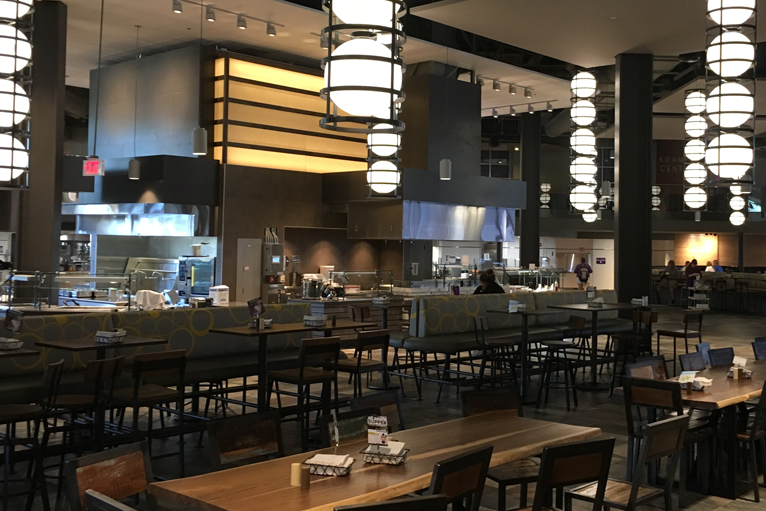
Demand Control Ventilation Systems for Commercial Kitchens, how do they differ, how are they the same?
The number and type of Demand Control Kitchen Ventilation (DCKV) systems for commercial kitchens have grown significantly in recent years. This can be attributed to several factors, principally the adherence to ASHRAE 90.1 ventilation standard. This is the standard that affects design for commercial kitchens, and it states that on exhaust systems greater than 5000…
-
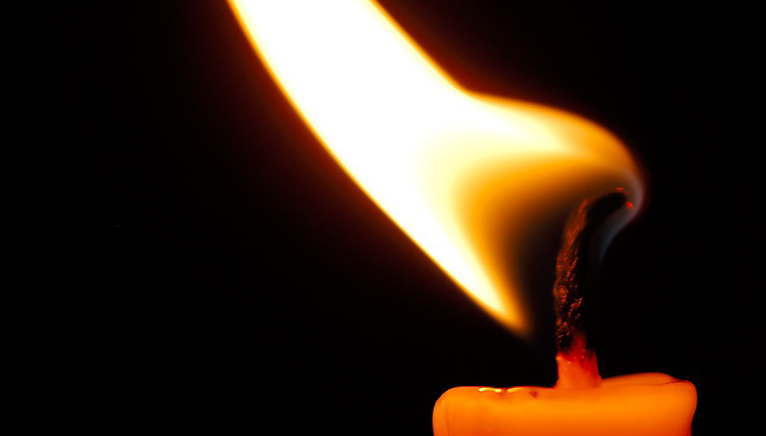
How not to ruin a good thing, Make-up Air 101
Hey, it’s your birthday! Go ahead and inhale those candles out! What? You don’t suck the flame off the candle? Have you ever tried? Yes, it’s a silly anecdote and a very effective one (thanks, Dr. Livchak!). As most of us know, we blow out our candles. The physics works well and accomplishes the job…
-

Why is it important to know who the ME (Mechanical Engineer) on the project is?
As commercial kitchen ventilation systems become more technically complex to satisfy increasingly strict code requirements and environmental standards, coordinating the overall design with the mechanical engineer becomes critical. There was a time when the foodservice consultant whose scope is traditionally below the kitchen ceiling and the mechanical engineer whose interest is above the ceiling worked…
